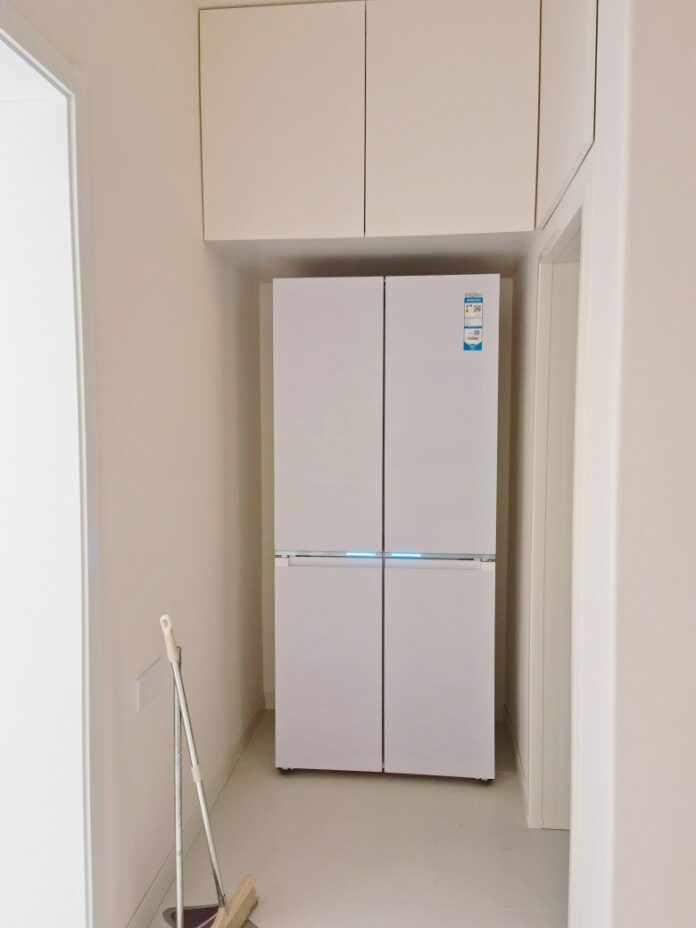Built-in refrigerators are becoming less popular, and here are some reasons why:
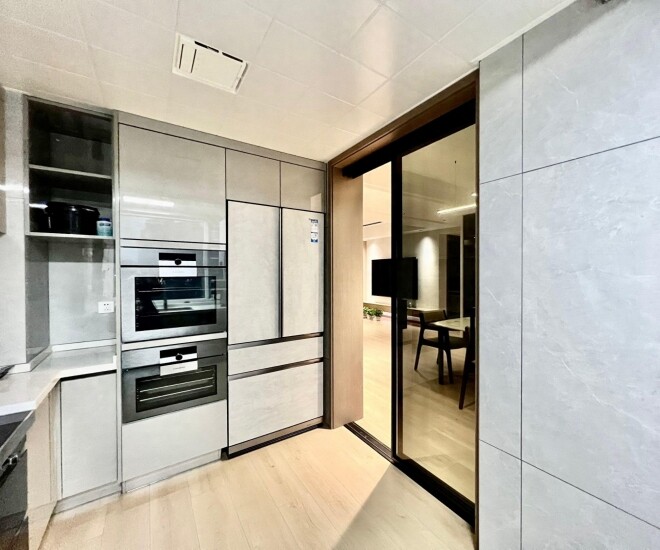
1. Incompatible Fridge Size
A common reason for choosing a built-in refrigerator is the space-saving advantage, as it eliminates the need for rear ventilation. However, it’s important to maintain a small gap of about 2cm around the fridge, as shared by a neighbor of mine. This gap is often overlooked when designing kitchen cabinets, making it challenging to find a fridge that fits perfectly.
Usually, people design their kitchen cabinets first and then look for a suitable fridge. Finding a fridge with exact dimensions, including the 2cm gap on each side, can be difficult. Often, people end up with a slightly smaller fridge, resulting in large gaps on both sides, detracting from the desired built-in aesthetic.
Moreover, replacing the fridge can be a hassle, especially as fridge sizes tend to increase over time. While we may find a suitable fridge today, if it breaks down, we might have to replace the entire cabinet setup.
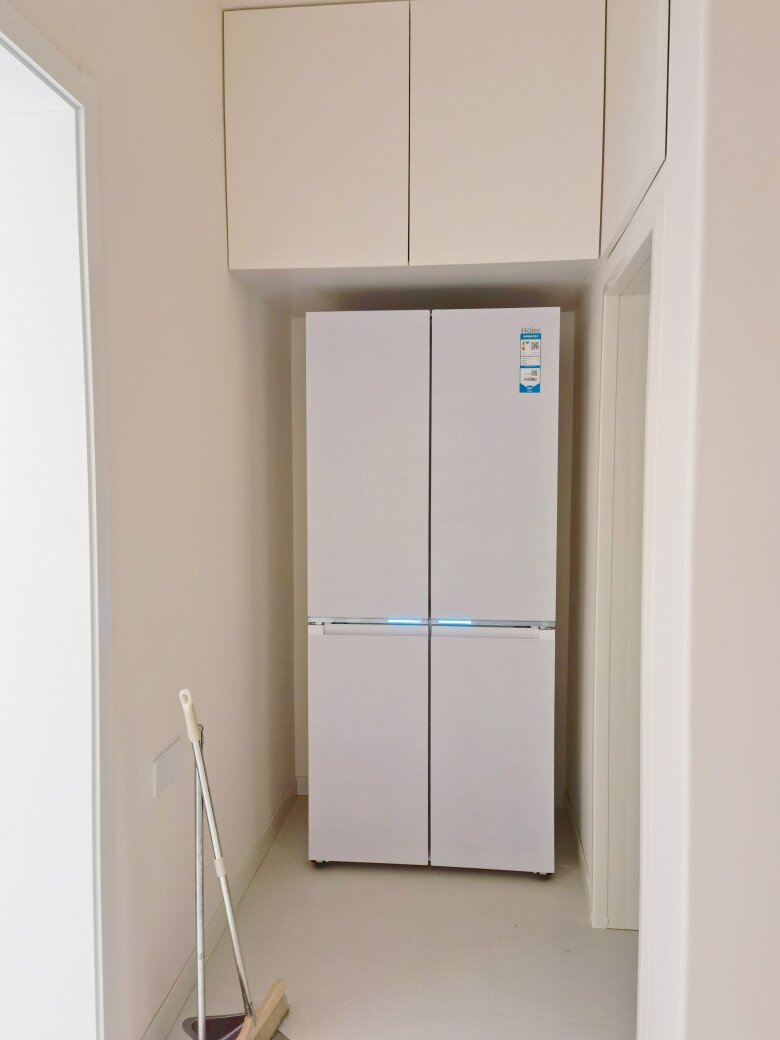
2. Disruption of Design Harmony
When considering a built-in refrigerator, careful planning is essential. While it can add a modern touch to your kitchen, neglecting to account for the fridge’s depth can lead to an undesirable outcome.
Typically, refrigerators have a depth of around 700mm, while kitchen cabinets are usually only 600mm deep, and auxiliary cabinets are even shallower at approximately 350mm. As a result, the fridge will protrude, disrupting the design harmony of your kitchen.
In addition to the aesthetic concerns, a protruding fridge can cause two other issues. Firstly, it creates a dust trap on top, making cleaning more challenging. Secondly, it forms a barrier in your kitchen, disrupting the flow and unity of the space.
Therefore, careful selection and installation of the refrigerator is crucial to maintaining the aesthetics and functionality of your kitchen space.
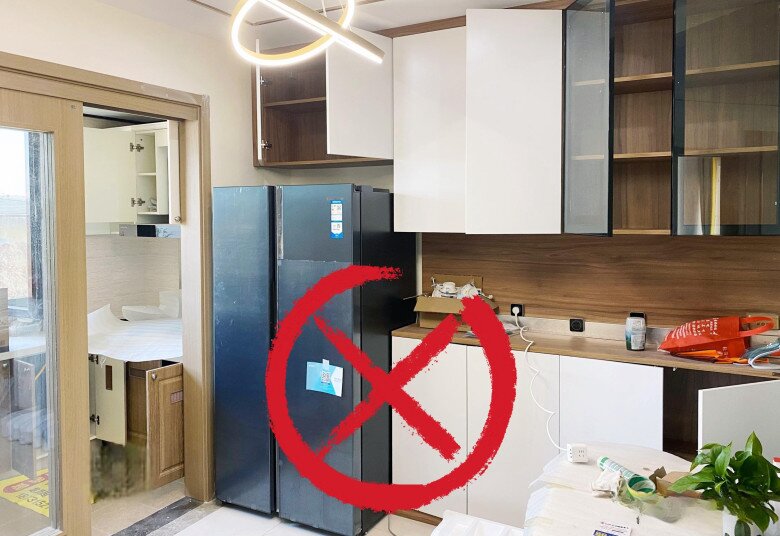
3. Obstructed Ventilation
According to experts, proper ventilation is critical for optimal cooling performance in refrigerators. While standard refrigerators require side clearance for air circulation due to their side-mounted cooling systems, built-in refrigerators have their cooling systems located at the bottom, eliminating the need for side clearance.
However, this bottom-mounted cooling system has a drawback. Many families tend to store items like plastic bags or cardboard boxes in the gap next to the fridge. These items can easily be sucked into the cooling vents, obstructing the ventilation and compromising the cooling performance of the fridge.
When the fridge doesn’t ventilate properly, it can lead to reduced cooling efficiency, resulting in slower cooling, inadequate food preservation, increased energy consumption, and shortened appliance lifespan. Therefore, it’s essential to keep the area around the fridge clear of obstructions to maintain its optimal performance.
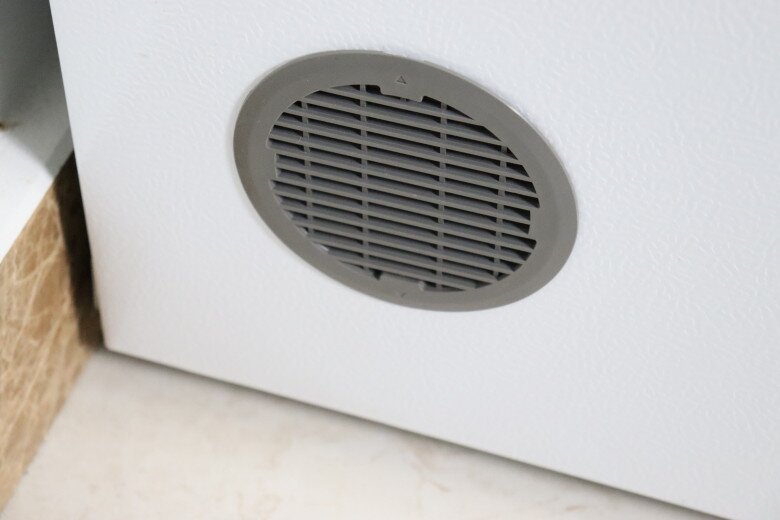
4. Increased Noise Levels
Research indicates that built-in refrigerators can be noisier than their conventional counterparts. There are two primary sources of this increased noise. Firstly, the compressor, which is an inherent noise source within the fridge itself. Secondly, the vibration caused by the fridge’s operation, particularly when it comes into contact with surrounding obstacles.
In the case of built-in refrigerators, the small gap between the fridge and the adjacent walls can easily lead to contact with these obstacles. I once experienced this issue with my built-in fridge, and upon investigation, I found that the noise was caused by the fridge touching a cardboard box next to it.
Even a slight movement of the fridge can cause it to come into contact with surrounding objects, resulting in not only the fridge vibrating but also the surrounding walls acting as “amplifiers,” projecting the sound outward.
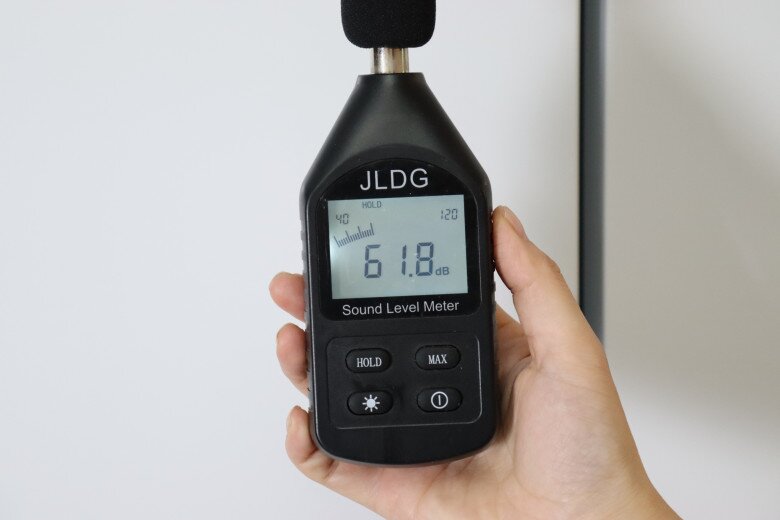
5. Door Opening Issues
When a refrigerator door is opened, it needs space to swing outward, occupying the area on both sides. If the gap between the fridge and any obstacles is only 2cm, the door may not open at all, or the internal drawers may be blocked by the shelves.
To address this issue, it’s recommended to position the fridge with a slight protrusion, allowing enough space for the door to open without obstruction.

























